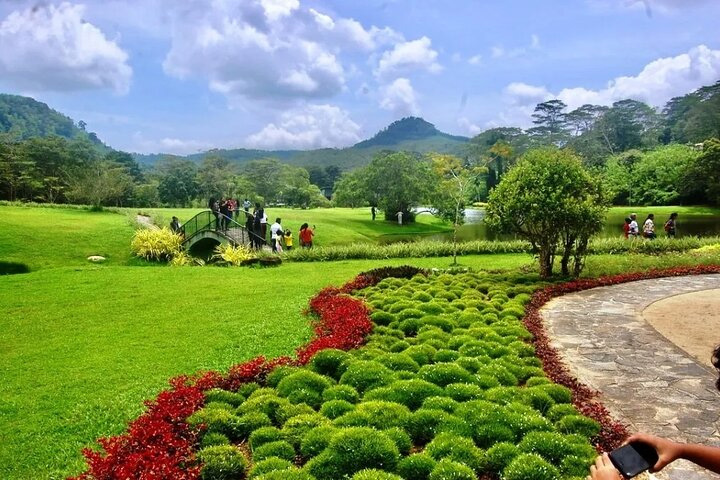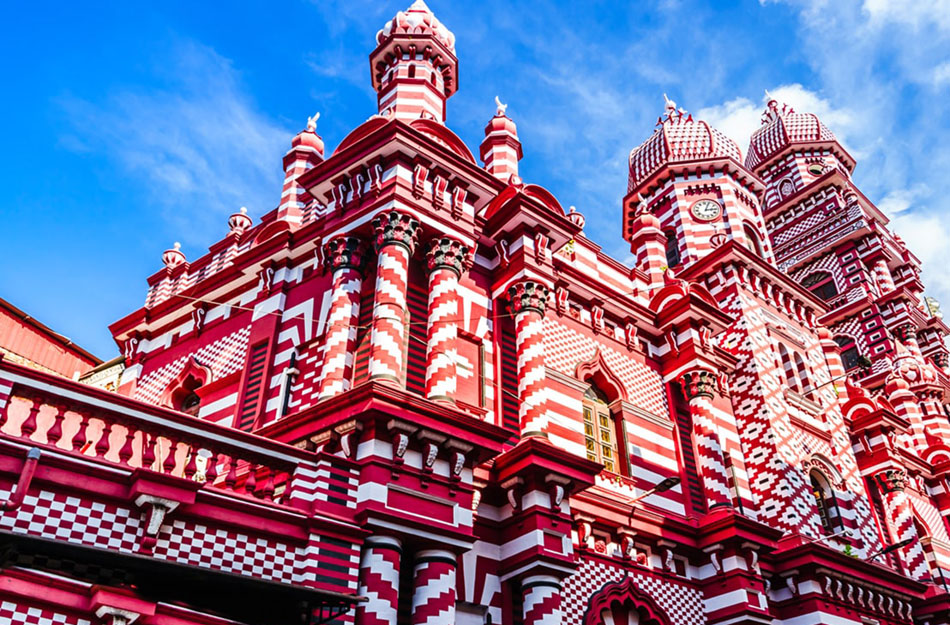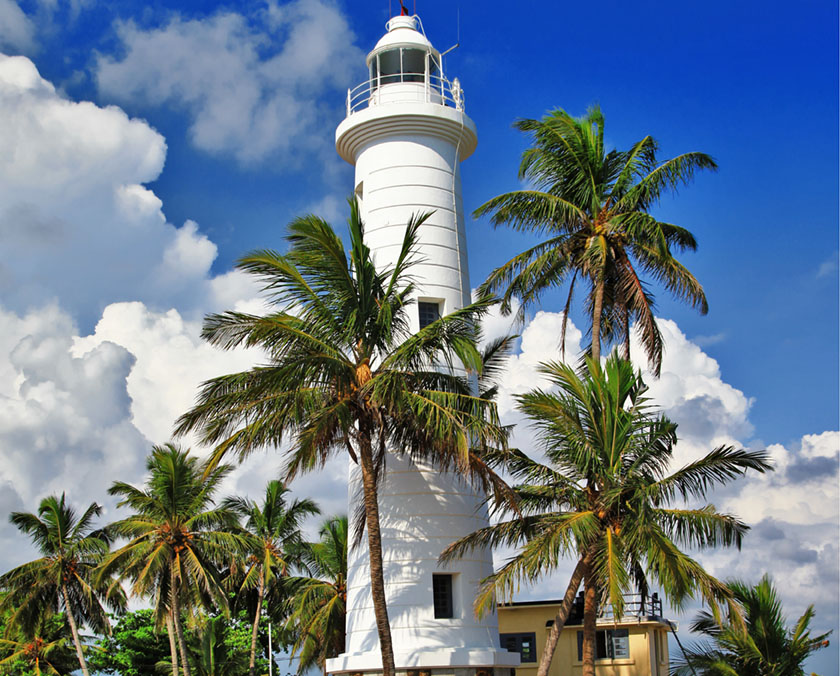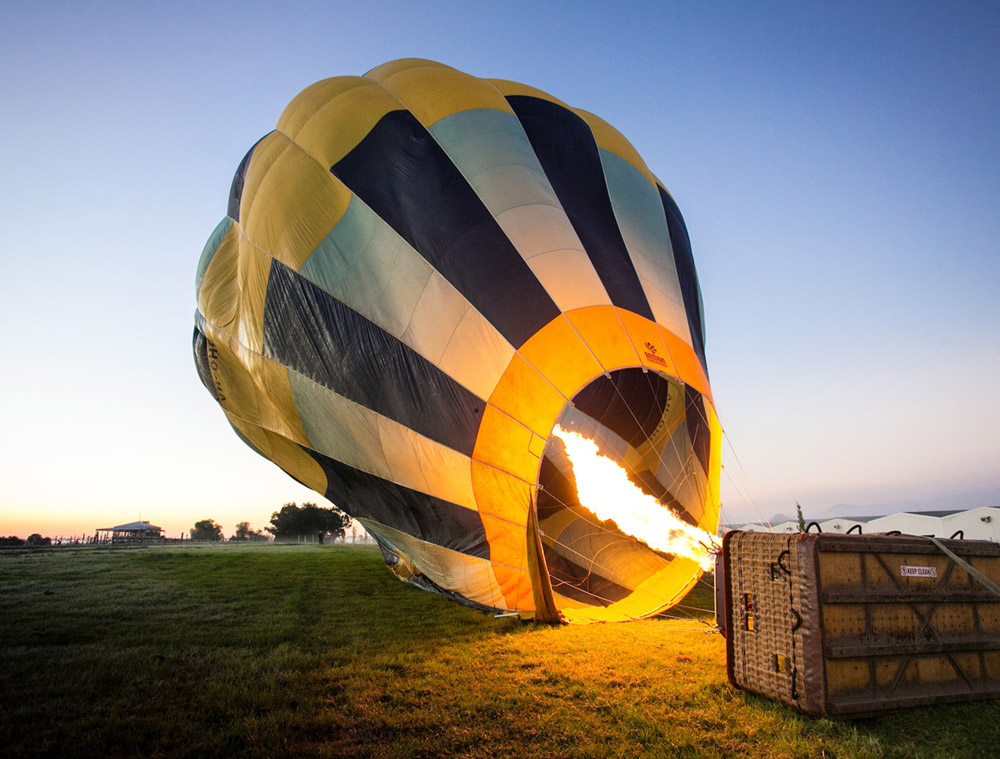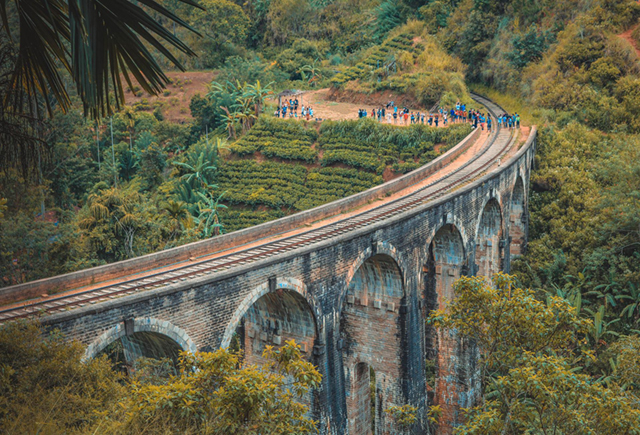
Whale watching is a popular activity in Sri Lanka, particularly off the southern coast of the island. Here’s what you need to know about whale watching in Sri Lanka:
Where can whale watching be done in Sri Lanka?
Whale watching can be done in several locations in Sri Lanka, from November to April in Mirissa and Kalpitiya and from May to October in Trincomalee. Mirissa is the most popular location for whale watching, with the chance to spot blue whales, sperm whales, and dolphins.
What to expect during the excursion?
A typical whale watching excursion lasts for about four to six hours, depending on the weather conditions and the location of the whales. The tour operators will provide a safety briefing and give you information about the whales and dolphins that you may encounter during the trip. Once the whales are spotted, the boat will slowly approach them, allowing you to observe them from a safe distance.
What to wear?
It’s important to wear appropriate clothing that can get wet during the activity. Lightweight, quick-drying clothes are recommended, along with a hat and sunglasses to protect you from the sun. It’s also important to wear comfortable shoes with good grip, as the boats can be slippery.
Duration of the excursion?
The entire excursion lasts for about four to six hours, including the time taken for pick-up, drop-off, and safety briefing. The actual whale watching time can vary depending on the location of the whales and the weather conditions.
Safety considerations:
: It’s important to choose a reputable whale watching company with experienced guides and well-maintained boats. It’s also important to listen to the safety briefing and follow the instructions given by the guides. It’s recommended to avoid approaching the whales too closely or disturbing their natural behavior.
Overall, whale watching in Sri Lanka is a unique and memorable experience that allows you to observe some of the world’s largest and most majestic creatures in their natural habitat.
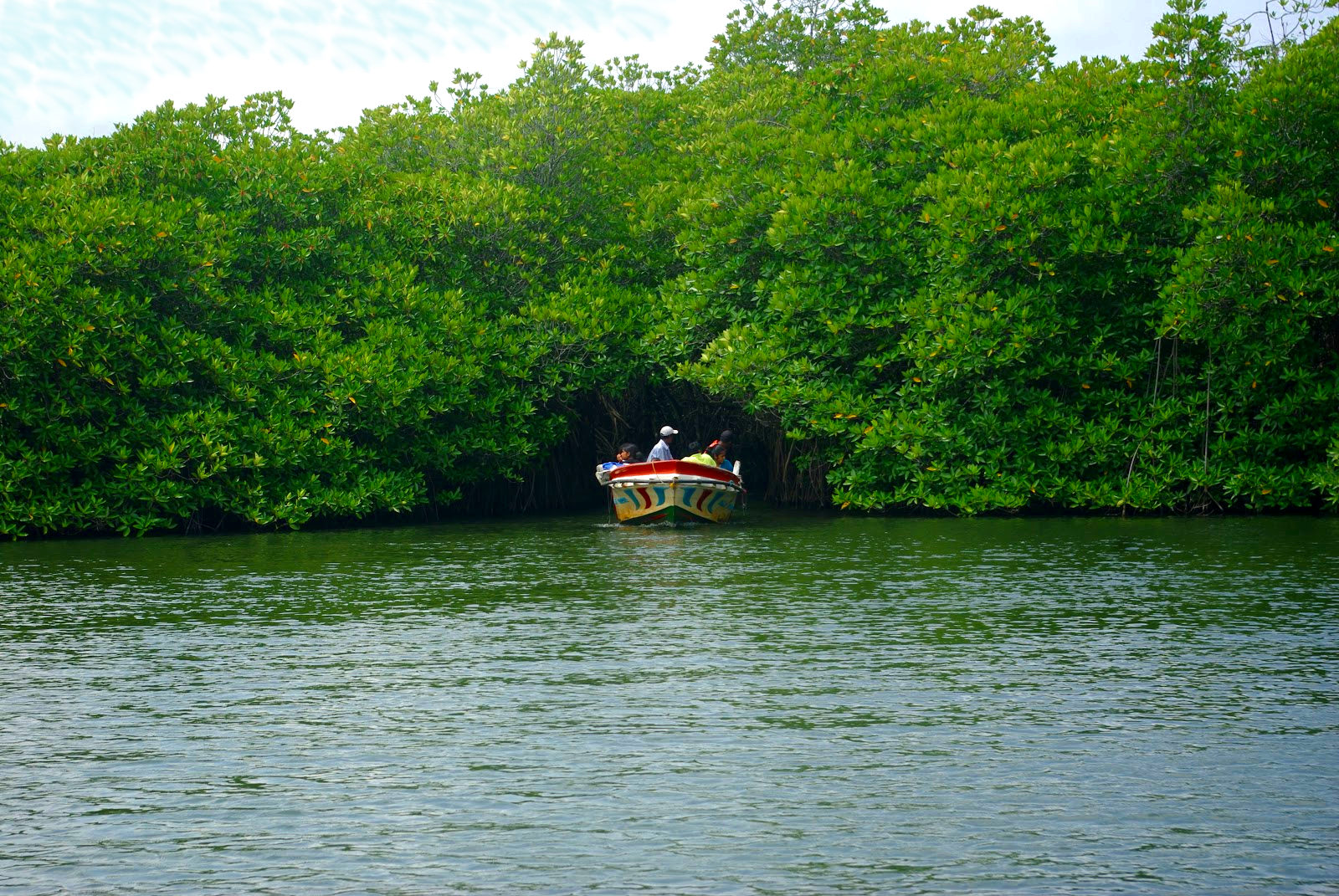
Madu River Boat Ride is a popular attraction in Sri Lanka, offering visitors a chance to explore the beautiful mangrove forests and diverse wildlife along the river. Here’s what you need to know about the Madu River Boat Ride:
Where can Madu River Boat Ride be done in Sri Lanka?
Madu River is located in Balapitiya, a small town in the southwest coast of Sri Lanka, about 80 km from Colombo. Boat rides are offered at several locations along the river, with the most popular starting point being the Balapitiya Bridge.
What to expect during the excursion?
A typical Madu River Boat Ride lasts for about two to three hours, depending on the route chosen and the number of stops made along the way. The boat ride takes visitors through the winding waterways of the Madu River, passing by mangrove forests, small islands, and local villages. Visitors can spot a variety of bird species, reptiles, and other wildlife along the way. The boat ride may also include a stop at a cinnamon island, where visitors can learn about the cinnamon cultivation process and purchase some of the spice.
What to wear?
It’s important to wear comfortable clothing and footwear that can get wet during the boat ride. Light cotton clothes are recommended, along with a hat and sunglasses to protect against the sun. Don’t forget to bring sunscreen and insect repellent as well.
Duration of the excursion?
The entire excursion lasts for about three hours, including the time taken for pick-up, drop-off, and the boat ride. The actual boat ride time is usually about two hours.
Safety considerations:
The boat ride is generally considered safe, but it’s important to choose a reputable boat operator with experienced guides and well-maintained equipment. Visitors should also follow the safety instructions given by the guide, especially when getting on and off the boat.
Overall, the Madu River Boat Ride is a relaxing and scenic excursion that offers visitors a glimpse into the natural beauty of Sri Lanka’s mangrove forests and waterways. It’s a great way to unwind and appreciate the country’s rich biodiversity.

Turtle hatcheries in Sri Lanka are a popular attraction for tourists who are interested in wildlife conservation. Here’s what you need to know about visiting a turtle hatchery in Sri Lanka:
Where can turtle hatcheries be found in Sri Lanka
There are several turtle hatcheries located along the southern coast of Sri Lanka, including Kosgoda Turtle Hatchery, Bentota Turtle Hatchery, and Hikkaduwa Turtle Hatchery.
What to expect during the excursion?
At the turtle hatchery, you can expect to see several species of turtles, including Green Turtles, Olive Ridley Turtles, and Hawksbill Turtles. You will also learn about the hatchery’s conservation efforts to protect and preserve these endangered species. The guides will take you through the hatchery, showing you how the turtles are hatched and cared for, and you may have the opportunity to see baby turtles being released into the sea.
Duration of the excursion?
The entire excursion usually lasts for about one to two hours, depending on the size of the hatchery and the number of visitors. The actual tour of the hatchery typically lasts for around 30 minutes to an hour, depending on the size of the facility and the level of detail provided by the guides.
What to wear? Casual and comfortable clothing is recommended, as well as sturdy shoes, as some hatcheries have uneven terrain. Sunscreen, a hat, and sunglasses are also recommended, as the hatcheries are typically located in sunny areas.
Safety considerations: It’s important to follow the instructions provided by the hatchery guides and not to touch or disturb the turtles in any way. It’s also important to choose a reputable hatchery that has proper facilities for the turtles and follows ethical conservation practices.
Overall, visiting a turtle hatchery in Sri Lanka is an educational and rewarding experience, allowing you to witness the conservation efforts being made to protect these magnificent creatures.
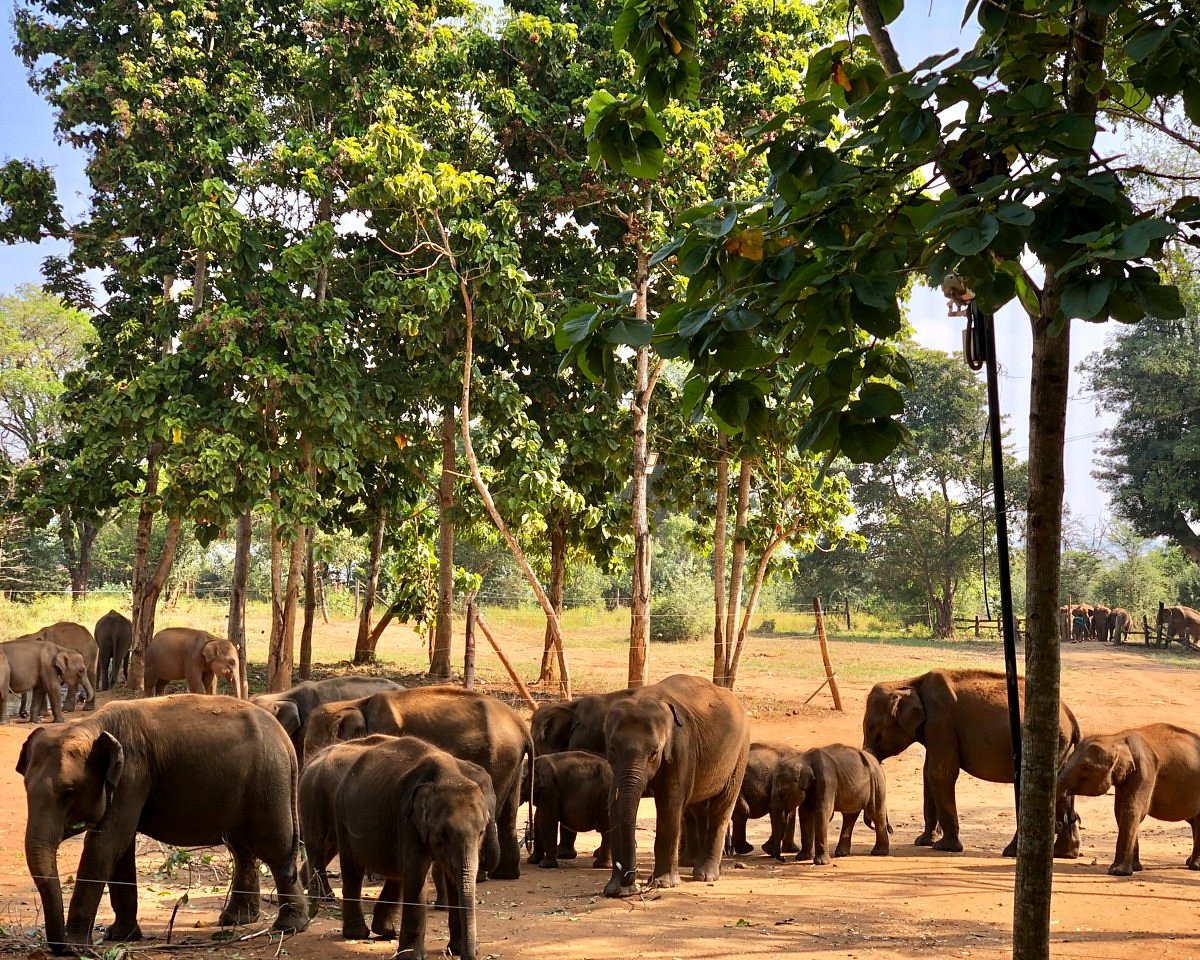
Elephant Transit Home, also known as the Udawalawe Elephant Transit Home, is an elephant rehabilitation center located in Udawalawe, Sri Lanka. Here’s what you need to know about visiting the Elephant Transit Home:
Where is the Elephant Transit Home located?
The Elephant Transit Home is located within the Udawalawe National Park, which is about a 4-hour drive from Colombo, the capital city of Sri Lanka.
What to expect during the excursion?
At the Elephant Transit Home, you can observe baby elephants being fed and cared for by the staff. The elephants at the center have been orphaned or injured and are being rehabilitated before being released back into the wild. Visitors can watch the elephants being fed with milk through a fence at a distance.
Duration of the excursion?
The visit to the Elephant Transit Home usually takes around 1-2 hours, depending on how long you wish to stay and observe the elephants.
What to wear?
As the Elephant Transit Home is located within the Udawalawe National Park, it is recommended to wear comfortable, light-colored clothing suitable for warm weather. It’s also recommended to wear comfortable shoes for walking.
Safety considerations: It’s important to respect the elephants and keep a safe distance at all times. Visitors should follow the rules and regulations set by the park and the staff. It’s also important to remember that the ultimate goal of the Elephant Transit Home is to rehabilitate the elephants and release them back into the wild, so visitors should not disturb or interfere with the animals in any way.
Overall, visiting the Elephant Transit Home is a unique opportunity to observe and learn about the rehabilitation process of orphaned and injured elephants in Sri Lanka.

If you’re interested in traditional Sri Lankan crafts, a visit to a mask factory is a must-do activity. Here’s what you need to know:
Where can you visit a mask factory in Sri Lanka?
There are several mask factories located in different parts of Sri Lanka, but the most popular one is located in Ambalangoda, a coastal town in the south of the country. Ambalangoda is known for its rich history in mask making and is home to several mask factories.
What can you expect during the visit?
During your visit to a mask factory, you can learn about the history and techniques of traditional Sri Lankan mask making. You will have the opportunity to watch the artisans at work, carving intricate designs into the masks using chisels and hammers. Some factories also offer workshops where you can try your hand at carving your own mask.
Duration of the excursion?
The duration of the excursion to a mask factory can vary depending on the factory you choose to visit and the activities you choose to participate in. Typically, a visit to the factory takes around one to two hours.
What to wear?
It is recommended to wear comfortable clothing and shoes that you don’t mind getting a little dirty, as some workshops may involve hands-on activities. Additionally, it’s important to respect the cultural significance of mask making in Sri Lanka and dress modestly.
Overall, a visit to a mask factory in Sri Lanka is a unique and interesting experience that offers insight into the country’s rich cultural heritage.

Galle is a city on the southwest coast of Sri Lanka. It’s known for Galle Fort, the fortified old city founded by Portuguese colonists in the 16th century. Stone sea walls, expanded by the Dutch, encircle car-free streets with architecture reflecting Portuguese, Dutch and British rule. Notable buildings include the 18th-century Dutch Reformed Church. Galle Lighthouse stands on the fort’s southeast tip
Where can you visit a Galle Fort in Sri Lanka?
Galle Fort is located in the city of Galle, which is situated on the southwest coast of Sri Lanka. This historic fortification is a prominent attraction in Galle and is a UNESCO World Heritage Site. It’s easily accessible within the city of Galle and draws visitors from all over the world due to its rich history, colonial architecture, and picturesque views of the Indian Ocean.
What can you expect during the visit?
A tour of Galle Fort in Sri Lanka offers a captivating journey through centuries-old history, showcasing a blend of colonial architecture and cultural diversity. Visitors explore well-preserved streets, bastions, and landmarks like the Dutch Reformed Church and Galle Lighthouse. Enjoy stunning ocean views from the fort walls, discover local shops, art galleries, and savor diverse cuisine at cafes. This UNESCO World Heritage Site provides a charming blend of historical significance, scenic beauty, and cultural vibrancy in a serene coastal setting.
Where is the Galle Fort located
Galle Fort is situated in the city of Galle, which is located on the southwest coast of Sri Lanka. This historic fortification is positioned right along the coastline, providing scenic views of the Indian Ocean.
Duration of the excursion
you plan to explore various historical sites, museums, walk through the streets, shop, dine, and take in the scenic views at a leisurely pace, you may need around 3 to 4 hours or more.
What to wear
while there might be more leeway in attire compared to local cultural norms, it’s still respectful and advisable to dress modestly to avoid any unintended offense and to blend in with the general expectations for visitors to religious or historical sites in Sri Lanka.
